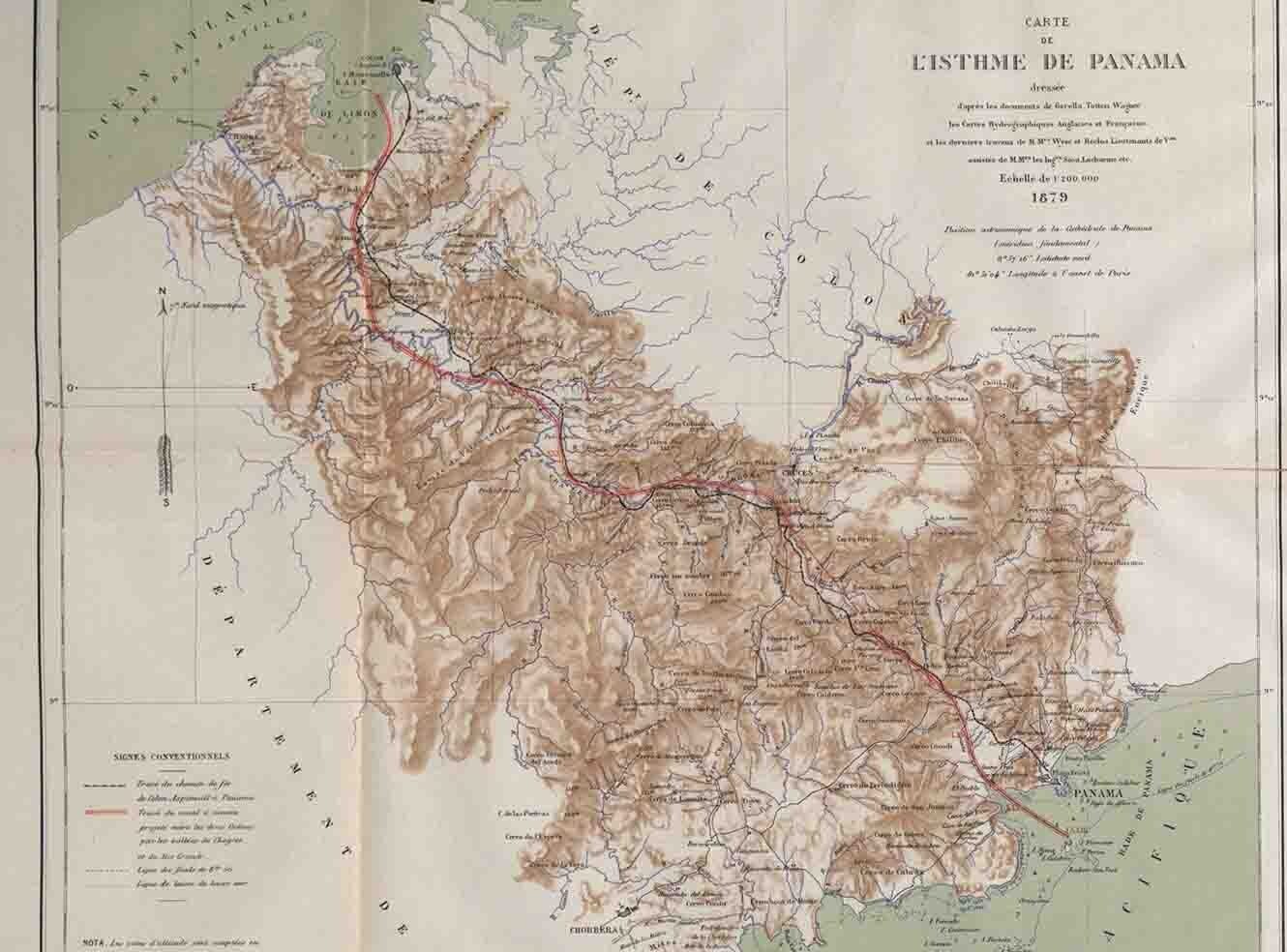Structuring a class around AM’s Colonial America collection
We interviewed Professor Jessica Stern, who shares her experiences teaching with this collection.
How did you introduce Colonial America to your class?
On the first day of class, I introduced my students to Colonial America, and the strengths and weaknesses of CO 5; we looked at the website together, as a class. During the semester, I never let my students go outside of Colonial America, as one of the points I wanted to make was how the sources available to a scholar shape the questions he can ask and the answers he can come up with. CO 5 is an official, political document collection, and it was important to me that they see the benefits and limitations of working in that type of archive.
On the first day I broke the class up into three research teams. After we spent a couple of weeks discussing monographs as a class, we had a research week in which each team located a question that arose during our discussion of the monograph, and spent the week doing research in the Colonial America collection to answer that question. They would ask one very large question, and then assign each student to research a smaller part of that question. Each student had to answer a set of questions before they came into class for the research day; they had to describe their research methodology, how they conducted their research, summarize three of the best documents they found, and reflect on how they thought those documents helped answer the team’s research question.
I am very proud of how well I was able to put this database to use in my course. I structured my entire HIST 471A: American Colonial Civilizations course around the Colonial America database.
What was the impact on your students?
They reported that they came to the in-class research day nervous, not sure what their individual piece of research amounted to. But, as a group when they put their pieces together, they found that their individual research had been significant. They also undertook impressive quantitative analysis by creating graphs and charts.
The students were really proud of the work that they did. They felt like, and were, real historians. They were so intimidated at first about how to go about locating a research question and how to read early modern hand writing. But, their sense of accomplishment at the end of the semester was significant.
I would say that this was one of the more interesting courses that I took during my time at Cal State Fullerton as it allowed the students to truly do the work of a historian searching through archives.
This course ran again in Spring 2018, and Professor Stern made some changes: namely, assigning four books rather than five. With this extra time, students were able to spend an additional two weeks conducting more primary research with Colonial America. This allowed students to write a more sophisticated paper based on their research and Dr Stern said that their final papers were much better because of this.
About the author
Jessica Stern received her BA at Reed College and her PhD at Johns Hopkins University. She is a Professor of History at California State University, Fullerton, and currently serving as Interim Associate Dean of Student Relations for the College of Humanities and Social Sciences.
About the collection
Colonial America is out now.
Recent posts

The University of Portland consolidated its digital assets and Scholarly Institutional Repository into a single, unified platform using AM Quartex, addressing inefficiencies and improving user experience. This transformation eliminated information silos, streamlined workflows and significantly enhanced the accessibility and discoverability of digital assets for both administrators and end-users.

Professor María Cecilia Zuleta, a research professor at El Colegio de México (COLMEX) discusses how she has leveraged Confidential Print: Latin America found within the AM Archives Direct series. The resource has been key for the institution, advancing multidisciplinary research, allowing in-depth exploration of the links between foreign trade, economic modernisation, and the rise of fossil-based economies.
